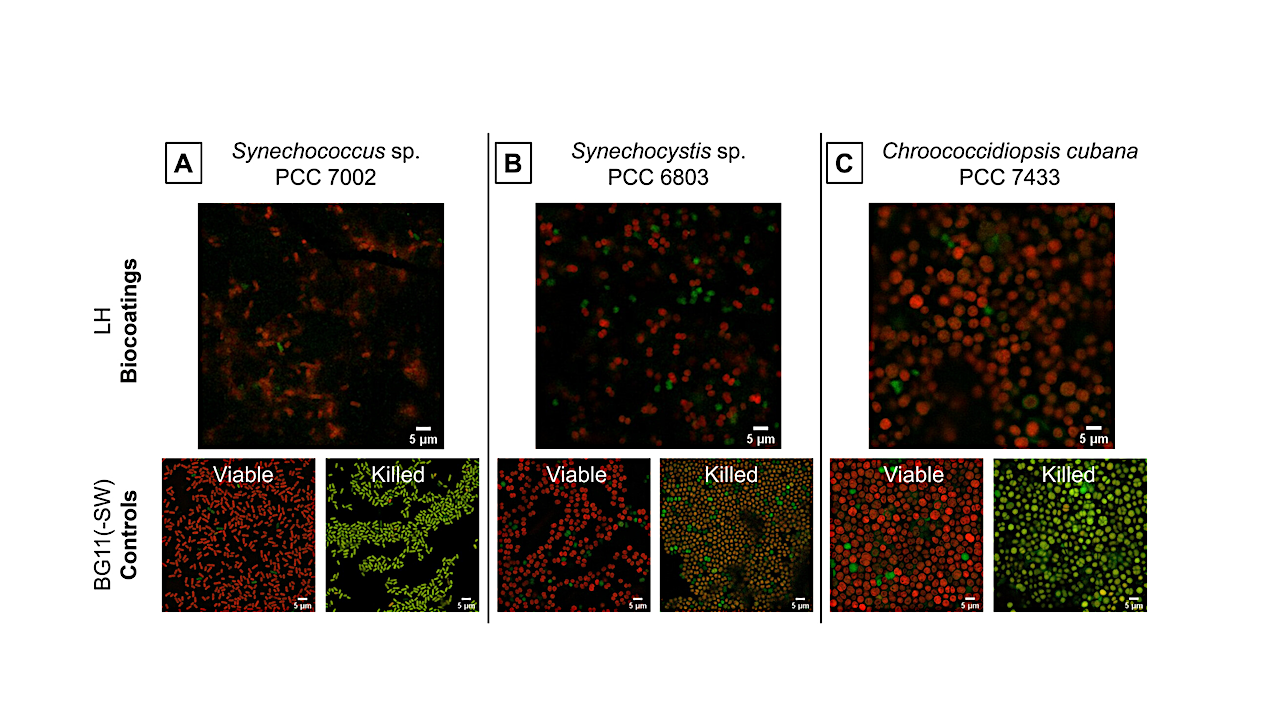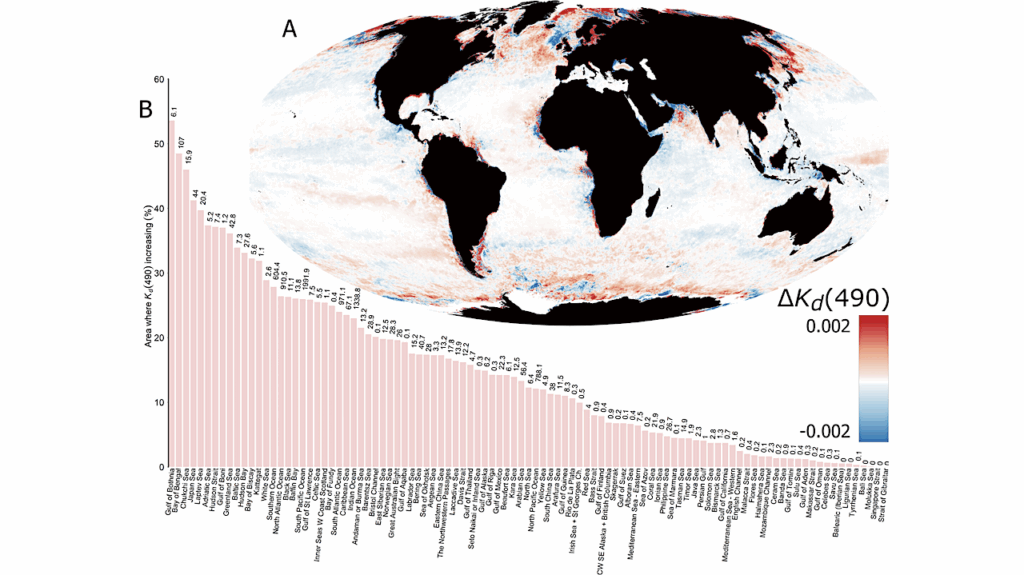Bacteria Found In The Desert Pave The Way For Paint That Produces Oxygen Whilst Capturing Carbon

Biocoatings are a type of water-based paint that encase live bacteria within layers. Besides capturing carbon, they can also serve as bioreactors or as biosensors.
Surrey’s creation, named ‘Green Living Paint,’ features Chroococcidiopsis cubana, a bacterium that undergoes photosynthesis to produce oxygen while capturing CO2. This species is usually found in the desert and requires little water for survival. Classified as an extremophile, it can survive these extreme conditions.
Dr Suzie Hingley-Wilson, a Senior Lecturer in Bacteriology at the University of Surrey said:
“With the increase in greenhouse gases, particularly CO2, in the atmosphere and concerns about water shortages due to rising global temperatures, we need innovative, environmentally friendly, and sustainable materials. Mechanically robust, ready-to-use biocoatings, or ‘living paints,’ could help meet these challenges by reducing water consumption in typically water-intensive bioreactor-based processes.”
To investigate the suitability of Chroococcidiopsis cubana as a biocoating, researchers immobilised the bacteria in a mechanically robust biocoating made from polymer particles and natural clay nanotubes in water, which was fully dried before rehydrating. They observed that the bacteria within the biocoating produced up to 0.4 g of oxygen per gram of biomass per day and captured CO2. Continuous measurements of oxygen showed no signs of decreasing activity over a month.
In contrast, researchers conducted similar experiments with the bacterium Synechocystis sp., another cyanobacterium usually found in freshwater. Unlike its desert counterpart, it was unable to produce oxygen within the biocoating.
Simone Krings, the lead author and a former Postgraduate Researcher in the Department of Microbial Sciences at the University of Surrey, said:
“The photosynthetic Chroococcidiopsis have an extraordinary ability to survive in extreme environments, like droughts and after high levels of UV radiation exposure. This makes them potential candidates for Mars colonisation.”
Professor Joseph Keddie, Professor of Soft Matter Physics in the School of Mathematics and Physics at the University of Surrey, said:
“Our research grant from the Leverhulme Trust enabled this interdisciplinary project. We envision our biocoatings contributing to a more sustainable future, aligning perfectly with the vision of our Institute for Sustainability, where both Dr Hingley-Wilson and I are fellows.”
This study was published in the journal Microbiology Spectrum.
Oxygen evolution from extremophilic cyanobacteria confined in hard biocoatings, ASM Journals (open access)
Astrobiology








